On a fine June day a large crowd gathered at Roche Court, the 19th-century house and parkland that is home to the New Art Centre in Wiltshire. On three white tables inside the Stephen Marshall-designed gallery, which runs between the main house and the pretty brick-built orangery, was an array of pots. All porcelain, in a subtly shifting range of cool, cloud-like celadon glazes, a few with a blush of reddish-purple copper beneath the blue, they were clustered in groups of two or three: two teapots, with hand-forged handles; a pair of tall, slender lidded jars; a family of bowls marked with red Japanese seals; a trio of vessels with small narrow necks, like bottles. There were some flared beakers, their proportions emphasised by two slightly raised horizontal lines and, quite nearby, a pure cylinder of porcelain without mark or lid.
This is the Rosenheimer Collection of early porcelain pots by Edmund de Waal. They were all created and collected between 1993 and 2007 and cover a period of extensive development and change in de Waal’s practice. They represent the steps by which de Waal transformed himself from an almost unknown maker of beautiful, functional porcelain into an internationally acclaimed artist, whose by now highly abstracted but still hand-thrown porcelain vessels have become the building blocks for his signature conceptual installations.
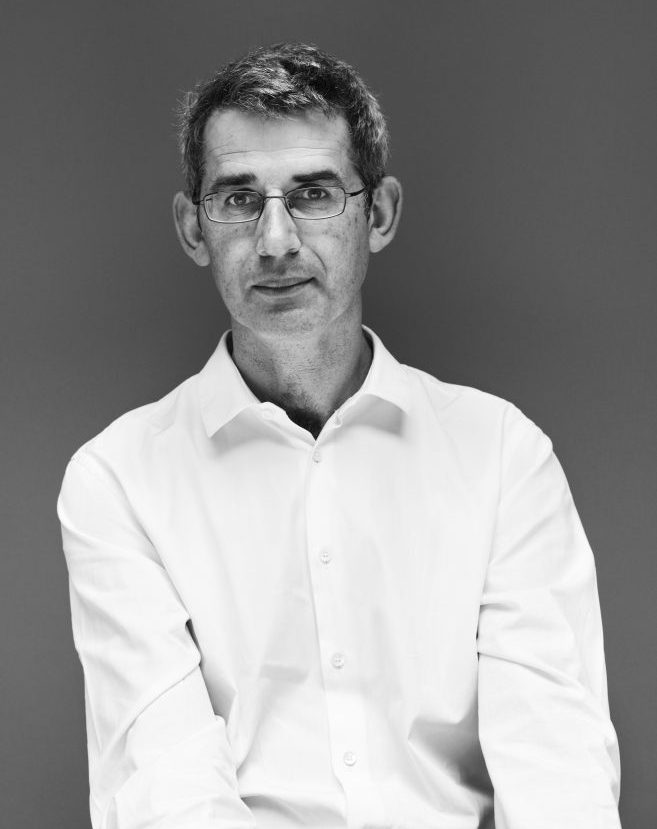
Portrait of Edmund de Waal. Courtesy New Art Centre
Born in 1964, Edmund de Waal has been potting since the age of five. But it wasn’t until he was approaching 30, having spent a year studying ceramics in Japan, that de Waal turned from the domestic ware he had dedicated himself to, and began experimenting with refined porcelain vessels. It was at this point, de Waal recalls, that he got an urgent phone call, from a man demanding to meet. His daughter had bought a pot and Rosenheimer, a serious collector of ceramics based in Tel Aviv, was smitten. As de Waal has written, ‘And so the very next day, in a café in Islington, I met Joram Rosenheimer for “ten minutes”: two and a half hours that became 15 years – of wheeling conversation on contemporary art, on contemporary ceramics, on politics, on family.’
‘I struggle to think of instances where you hear artists actually talk about what it is like to be collected. There are all those studies of collectors or of collections but they don’t really turn back to look at the experience from the point of view of the artist. It’s such a contingent, interesting place,’ de Waal reflects. He describes it as ‘an area of conversation, of possibility, of anxiety, and of pleasure’, an experience ‘which oscillates all the time: you feel someone’s knowledge increase as you present new work to them, and you see the reaction of how this work sits with their ideas and their investment in who you are.’ There was a familial intensity about the exchange with Rosenheimer that was both heartwarming and alarming.
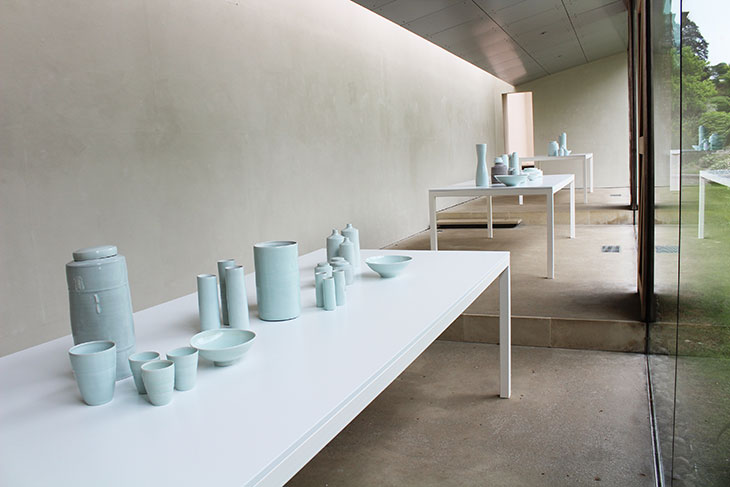
Installation view of ‘Edmund de Waal: Early work – vessels from the Rosenheimer Collection’ at the New Art Centre, Roche Court, Wiltshire, 2018. Courtesy New Art Centre
Rosenheimer saw very quickly, de Waal says, ‘that I had already passed the kitchen porcelain moment’. While there are one to two solitary pieces in the collection, Rosenheimer was especially interested in the small groups of pots de Waal was beginning to play with: ‘He was the only person who only collected groups. He would come and see things before they went off to exhibitions, when I was still arranging them.’ Rosenheimer in turn began to arrange de Waal’s groups of pots in larger arrangements on a shelf, within his home: ‘so he too was starting to think about how the pieces would work together.’
De Waal sees this collection as marking a crucial period in his creative life: ‘Looking at it hard, there are things that represent the end of various paths in it – quite gestural kinds of moving around of the clay, or mark making. But I am still using my old Japanese seals. I am still struggling with how little you have to do in order to give something a sense of where it came from.’ The Rosenheimer works were also ‘before I had started naming anything. It was still “three lidded jars”’. Now, gathered up within the Rosenheimer Collection – which is currently in the process of being acquired by an American museum – these early de Waals allow us to witness the blossoming of the artist’s development and see with excitement how much more there was to come.
‘Edmund de Waal: Early work – vessels from the Rosenheimer Collection’ is at the New Art Centre, Roche Court, Wiltshire, until 5 August.
Unlimited access from just $16 every 3 months
Subscribe to get unlimited and exclusive access to the top art stories, interviews and exhibition reviews.

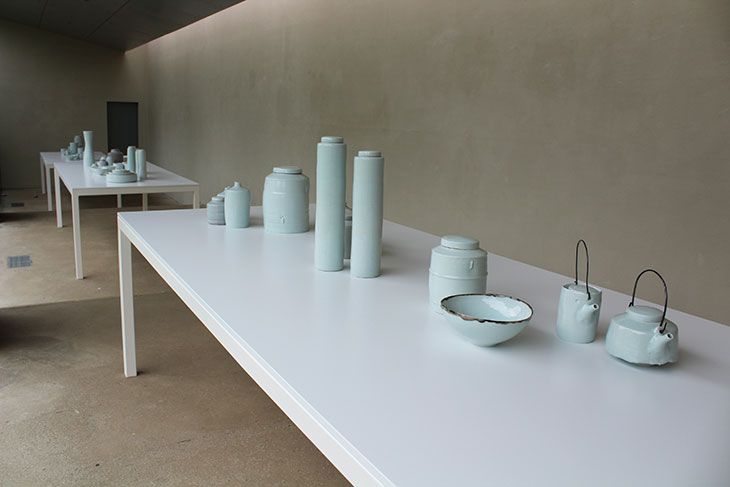
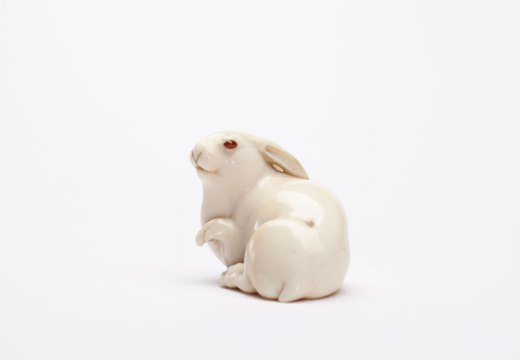
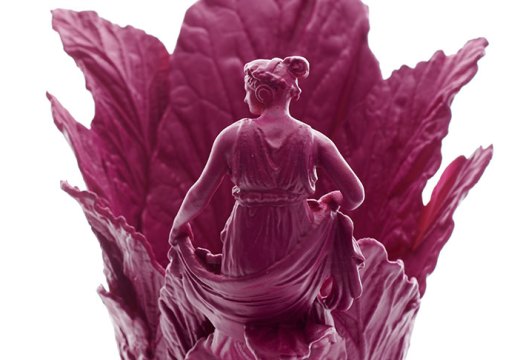
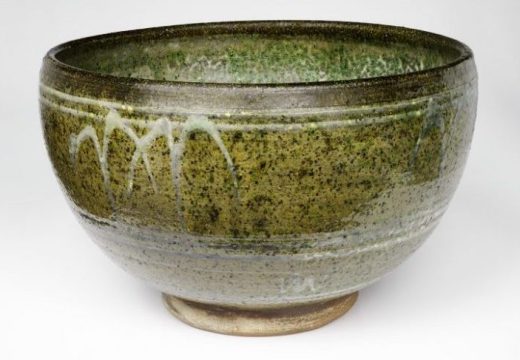









![Masterpiece [Re]discovery 2022. Photo: Ben Fisher Photography, courtesy of Masterpiece London](http://www.apollo-magazine.com/wp-content/uploads/2022/07/MPL2022_4263.jpg)
It’s time for the government of London to return to its rightful home